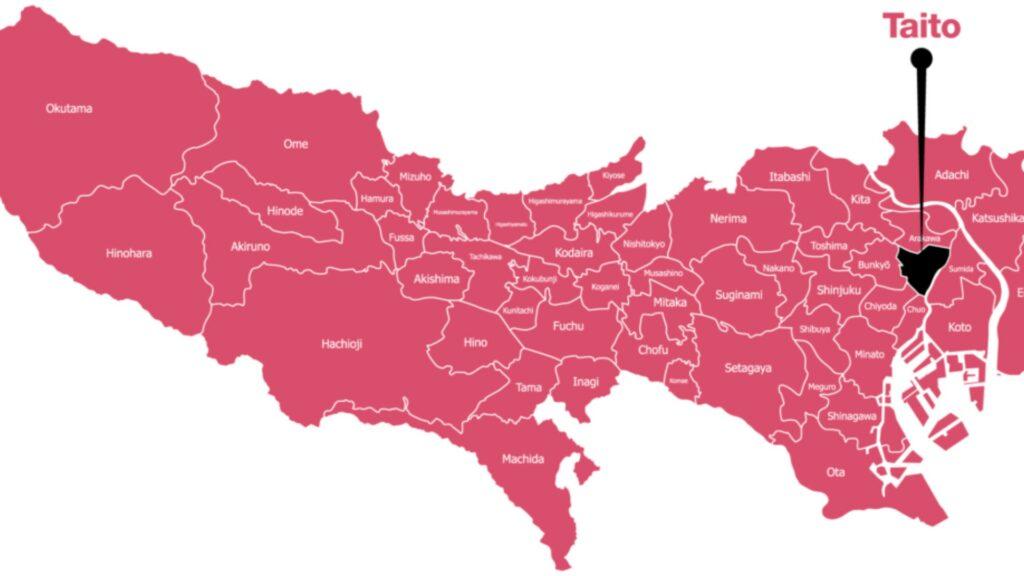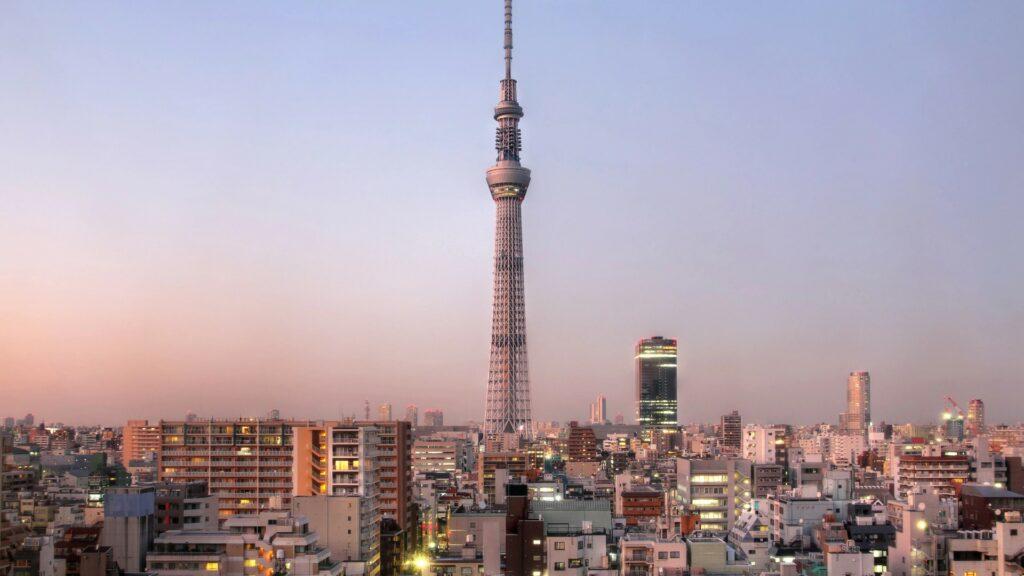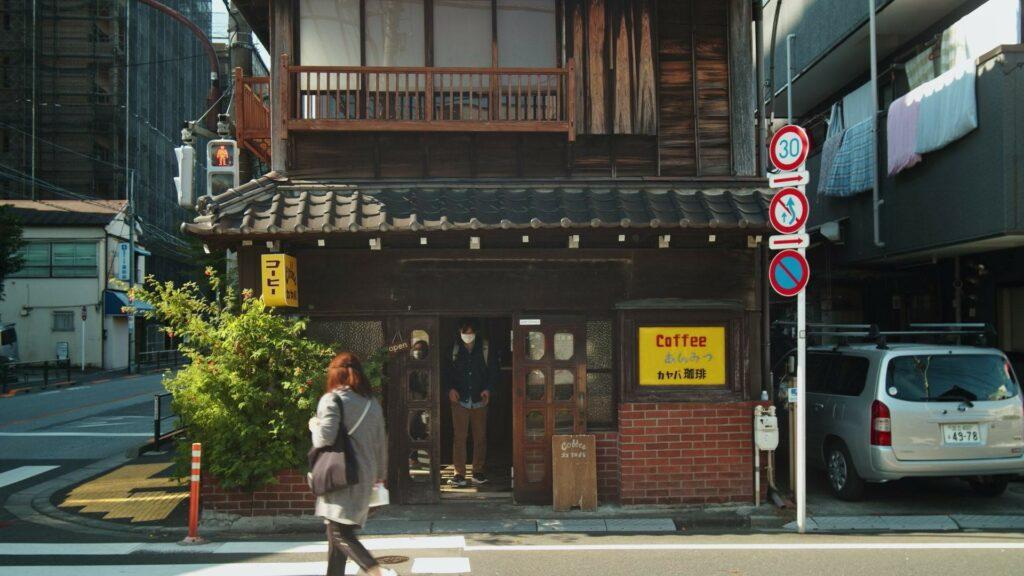Has travelling ever made you feel melancholic? Welcome to Taito City Travel Guide, where the exciting and the seemingly mundane dwell in harmony. A feeling stemming from isolation and disconnection in new and unfamiliar surroundings. Moreover this emotional state can lead travelers to yearn for moments of solace and familiarity, seeking refuge from bustling tourist destinations. In Taito City, the discovery of intimate open spaces takes on a profound significance.
Moreover these hidden gems, whether it be a secluded park bench, a quiet alleyway, or a quaint cafe tucked away from the crowds, offer a sense of home. More than mere physical spaces, they represent a reprieve from the overwhelming stimuli of travel and a reminder of the beauty found in the simplicity of everyday life.
What To Know About The Area
The name “Taito” (å°æ±) is derived from two Chinese characters: “tai” (å°), meaning “platform” or “pedestal,” and “to” (æ±), meaning “east.” Therefore, “Taito” can be translated to “east of the platform” or “eastern platform”. So this name likely originated from the presence of a platform or elevated area in the eastern part of the ward during its early history. Over time, the name became associated with the entire ward located in the eastern part of Tokyo, Japan.

Image Credit: Gaijin Pot Blog
It is one of Tokyo’s 23 special wards, which covers an area of approximately 10.11 square kilometers bordered by the Sumida River to the east. As of 2023, Taito had a population of more than 200,000 residents, one of the least densely populated wards in Tokyo. The ward is known for its diverse demographic makeup, with a mix of both Japanese locals and foreign residents. It is characterized by its vibrant atmosphere, historic neighborhoods, and packed commercial districts.
Taito is also a popular destination for tourists, offering a wealth of cultural attractions and entertainment options. With its rich history, diverse population, and central location, the ward continues to be a dynamic and thriving ward within the metropolis of Tokyo.
Places To See In And Around Taito

Image Credit: Hotels.com
Visitors can immerse themselves in famous cultural and historical landmarks. Morover the iconic Senso-ji Temple in Asakusa stands as Tokyo’s oldest temple, drawing crowds to its vibrant Nakamise shopping street and majestic Kaminarimon Gate.

Image Credit: My WoWo
Nearby, Ueno Park offers a serene retreat with its picturesque gardens, museums, and the renowned Ueno Zoo

Image Credit: When In Tokyo
History enthusiasts can explore the historic Yanaka district, known for its preserved Edo-era atmosphere, traditional architecture, and tranquil cemetery.

Image Credit: Expedia
For panoramic views of the city, the Tokyo Skytree, located just beyond Taito’s borders in Sumida Ward, offers observation decks with stunning vistas. If you are interested in more hidden gems, you can check out our article about hidden gems found in each Tokyo Ward.
Spatial Characteristics Of Taito
The streets of Taito range from narrow pedestrian lanes, which wind through residential areas and historic districts, to wider thoroughfares that accommodate traffic and public transportation.

Image Credit: Japan Wonder Travel Blog
Alongside these main roads, alleyways and footpaths provide pathways for pedestrians to explore the neighborhood’s hidden spots and local attractions. Moreover shopping streets like Nakamise-dori and Ameyoko-dori in Asajusa and Ueno showcase the vibrant energy of the city life, with crowds, vibrant storefronts, and eclectic street vendors lining the sidewalks. Continue reading our Taito City Travel Guide to get to know more characteristics.

Image Credit: Flip Guide
Taito is well-served by a network of major roads and avenues, including arterial routes like Kototoi-dori and Asakusa-dori, which connect the ward to other parts of Tokyo and facilitate the flow of traffic throughout the city.
City streets and buildings provide a multitude of environments and opportunities for all kinds of activity. Even though there is a sense of busyness, sidewalks and smaller paths have more activity than major roads and highways. So even Artifacts and pieces that remind of previous actions are always there, even in seemingly empty spaces.
The majority of people’s time is spent on the smallest of streets. These locations are thought to be the most private and intimate areas in Taito that are open to the public.
Urban Artefacts Found Along Alleyways
Urban artifacts can be found within the typical low-rise building clusters and placed around the walkways and footpaths (or rather, inside shared intimate spaces).

Image Credit: The Japan Times
In Taito City Travel Guide, the concept of ‘kaiwai,’ or the area immediately outside one’s home, plays a significant role in shaping the notion of intimate spaces within the neighborhood. Therefore Kaiwai represents the threshold between the private realm of the home and the public domain of the street, serving as an extension of domestic life into the communal space. In Taito’s traditional neighborhoods, such as Yanaka and Nezu, kaiwai often consists of small gardens, stoops, or entranceways adorned with potted plants, lanterns, or seasonal decorations.
These intimate outdoor spaces provide residents with opportunities for personal expression, social interaction, and connection with nature within the confines of their homes. Whether it’s sharing a cup of tea with a neighbor on the stoop or tending to a small garden plot, kaiwai fosters a sense of community and belonging that enriches the fabric of everyday life in Taito.

Image Credit: The Japan Times
Meanwhile, ‘bukken’ encompasses a diverse array of elements that enrich the urban landscape. These uncommodified objects provide moments of serenity and connection within the surroundings. The presence of bukken fosters a sense of authenticity and intimacy, inviting individuals to explore and appreciate the neighborhood’s unique character beyond its commercial facades.
A Call For Cultural Sustainability
‘Shitamachi’ In Peril
The city’s fast urbanization is progressively consuming the city’s alleyways, threatening the cherished private places of the residents of Taito. The ongoing drive for development, which several factors drive, affects these formerly peaceful pathways, which encouraged a sense of community among neighbors. The ongoing drive for development, which several factors drive, affects these formerly peaceful pathways, which encouraged a sense of community among neighbors.

Image Credit: Hidei Imai
The increasing demand for real estate in central Tokyo has led to the conversion of traditional residential properties into modern high-rise condominiums or commercial spaces, displacing longtime residents and altering the neighborhood’s fabric.
Therefore urban renewal projects aimed at revitalizing aging infrastructure often prioritize efficiency and modernization over preserving historical character and cultural heritage, hance, a remodelling of Taito’s alleyways.
As a result, the pressures of urbanization are gradually overshadowing the once-intimate spaces of Taito, which highlights the urgent need for thoughtful planning and community engagement to safeguard the neighborhood’s unique identity and quality of life.
Keeping The Heart Of Community Participation
Taito Ward has undertaken various initiatives to preserve its intimate spaces.
The “Yanaka-Ginza Project” aims to enhance the pedestrian experience and promote local businesses along the iconic Yanaka Ginza shopping street. Moreover zoning regulations and heritage conservation measures have been implemented to protect traditional neighborhoods from excessive development.

Preservation of old-fashioned Yanaka neighborhood
Image Credit: Monocle
Recent examples include the designation of preservation districts in areas like Yanaka and Nezu. Where building heights and architectural styles are carefully regulated to maintain the area’s historical character. These efforts demonstrate Taito Ward’s commitment to balancing modernization with heritage preservation. Moreover ensuring that its intimate spaces remain vibrant and accessible for residents and visitors alike.
These preservation efforts not only safeguard Taito’s intimate spaces. But also offer travelers a refuge from the overwhelming pace of life. In the packed streets and tourist attractions of Tokyo. Visitors can find solace in the normalcy and authenticity of Taito’s neighborhoods. By strolling through the quiet alleyways, interacting with locals. Also by savoring the everyday moments of community life, travelers can escape the melancholy. So it’s often associated with unfamiliar surroundings and rediscover the beauty in simplicity.
In Taito, the preservation of intimate spaces serves as a reminder of the enduring charm and resilience of Tokyo’s traditional neighborhoods. Also offering a sanctuary where travelers can find a sense of belonging amidst the chaos of the city.















































